NPPB
Synonym(s):5-Nitro-2-(3-phenylpropylamino)benzoic Acid - CAS 107254-86-4 - Calbiochem;NPPB;NPPB, CaCC Blocker II, Calcium-Activated, TMEM16 Blocker II, ANO Blocker II, Anoctamin Blocker II
- CAS NO.:107254-86-4
- Empirical Formula: C16H16N2O4
- Molecular Weight: 300.31
- MDL number: MFCD00153851
- SAFETY DATA SHEET (SDS)
- Update Date: 2024-11-19 20:33:22
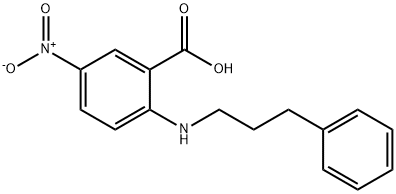
What is NPPB?
The Uses of NPPB
NPPB is a chloride channel blocker and acts as a GPR35 agonist. It maintains protonophoric activity and has been used to uncouple mitochondrial ATP synthesis in phagocytes.
The Uses of NPPB
Biochemical probe primarily as a Cl- channel blocker.
What are the applications of Application
5-Nitro-2-(3-phenylpropylamino)benzoic Acid (NPPB) is a Cox inhibitor and GPR35 activator
Definition
ChEBI: 5-Nitro-2-(3-phenylpropylamino)benzoic acid is a nitrobenzoic acid.
Biological Activity
Very potent chloride channel blocker.
Biochem/physiol Actions
Potent chloride channel blocker.
storage
Store at RT
Properties of NPPB
| Melting point: | 178-180℃ |
| Boiling point: | 523.5±50.0 °C(Predicted) |
| Density | 1.323±0.06 g/cm3(Predicted) |
| storage temp. | -20°C |
| solubility | ethanol: 3 mg/mL |
| form | Yellow solid |
| pka | 2.27±0.22(Predicted) |
| color | Light yellow to yellow |
Safety information for NPPB
| Signal word | Warning |
| Pictogram(s) |
 Exclamation Mark Irritant GHS07 |
| GHS Hazard Statements |
H302:Acute toxicity,oral H315:Skin corrosion/irritation H319:Serious eye damage/eye irritation H335:Specific target organ toxicity, single exposure;Respiratory tract irritation |
| Precautionary Statement Codes |
P261:Avoid breathing dust/fume/gas/mist/vapours/spray. P305+P351+P338:IF IN EYES: Rinse cautiously with water for several minutes. Remove contact lenses, if present and easy to do. Continuerinsing. |
Computed Descriptors for NPPB
New Products
Tert-butyl bis(2-chloroethyl)carbamate 4-Methylphenylacetic acid N-Boc-D-alaninol N-BOC-D/L-ALANINOL 3-Morpholino-1-(4-nitrophenyl)-5,6-dihydropyridin- 2(1H)-one Furan-2,5-Dicarboxylic Acid Tropic acid 1,1’-CARBONYLDIIMIDAZOLE DIETHYL AMINOMALONATE HYDROCHLORIDE R-2-BENZYLOXY PROPIONIC ACID 1,1’-CARBONYLDI (1,2-4 TRIAZOLE) N-METHYL INDAZOLE-3-CARBOXYLIC ACID (2-Hydroxyphenyl)acetonitrile 4-Bromopyrazole 5-BROMO-2CYANO PYRIDINE 5,6-Dimethoxyindanone 5-broMo-2-chloro-N-cyclopentylpyriMidin-4-aMine 2-(Cyanocyclohexyl)acetic acid 4-methoxy-3,5-dinitropyridine 2-aminopropyl benzoate hydrochloride 1-(4-(aminomethyl)benzyl)urea hydrochloride diethyl 2-(2-((tertbutoxycarbonyl)amino) ethyl)malonate tert-butyl 4- (ureidomethyl)benzylcarbamate Ethyl-2-chloro((4-methoxyphenyl)hydrazono)acetateRelated products of tetrahydrofuran
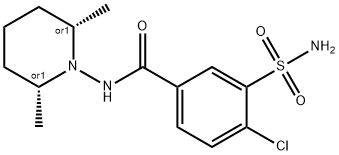
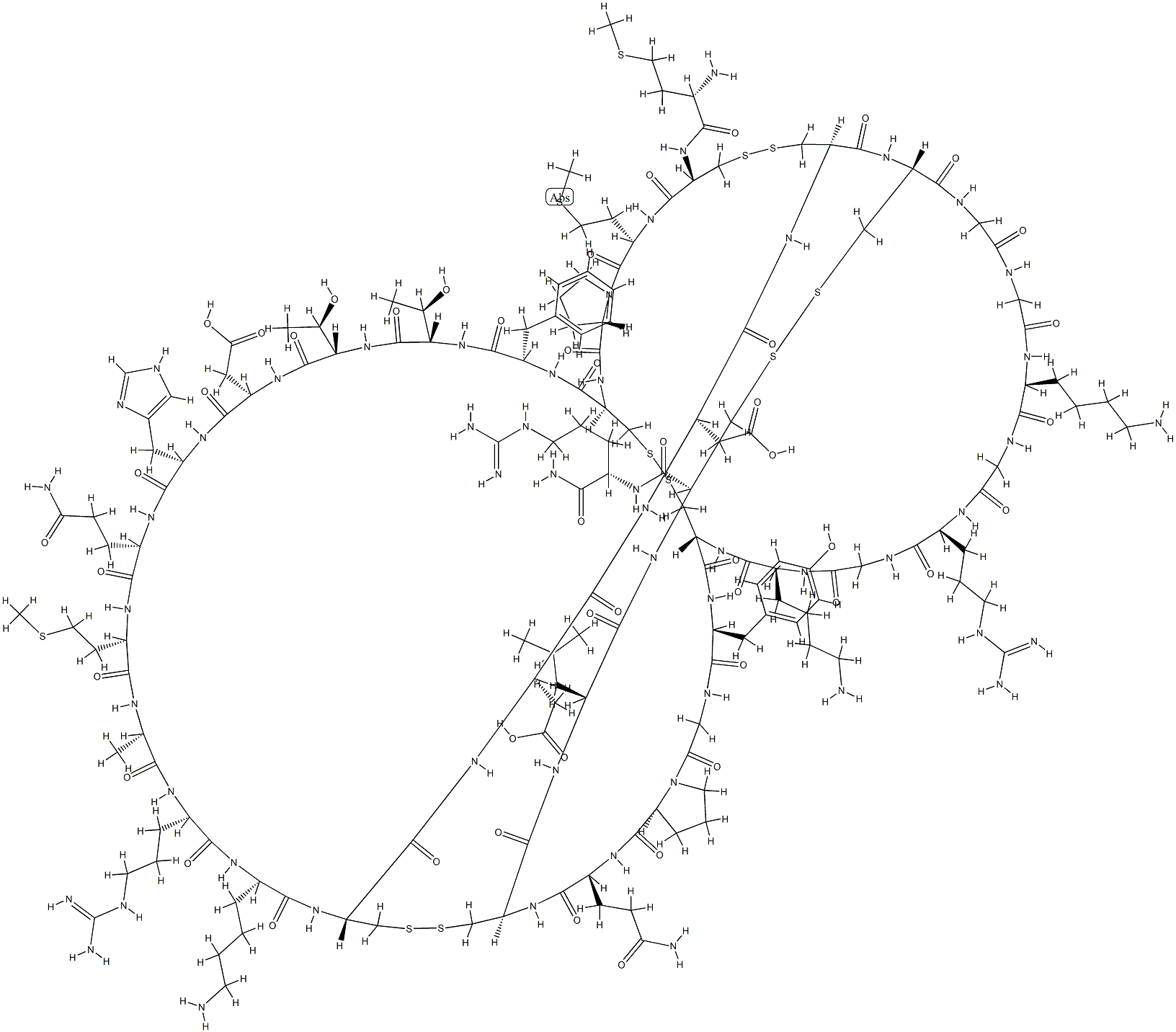
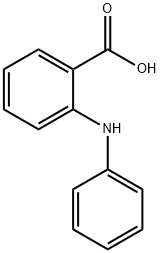
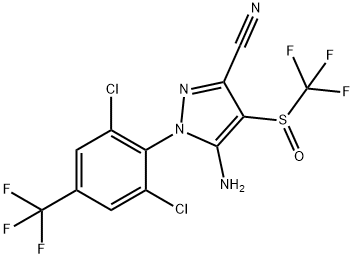
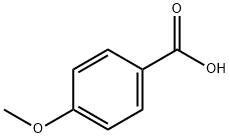
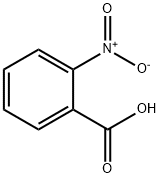
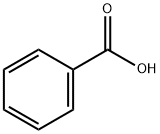
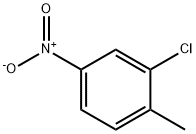
You may like
-
 5-Nitro-2-(3-phenylpropylamino)benzoic acid CAS 107254-86-4View Details
5-Nitro-2-(3-phenylpropylamino)benzoic acid CAS 107254-86-4View Details
107254-86-4 -
 5-Nitro-2-(3-phenylpropylamino)benzoic Acid CAS 107254-86-4View Details
5-Nitro-2-(3-phenylpropylamino)benzoic Acid CAS 107254-86-4View Details
107254-86-4 -
 1975-50-4 98%View Details
1975-50-4 98%View Details
1975-50-4 -
 2-HYDROXY BENZYL ALCOHOL 98%View Details
2-HYDROXY BENZYL ALCOHOL 98%View Details
90-01-7 -
 2-Chloro-1,3-Bis(Dimethylamino)Trimethinium Hexafluorophosphate 221615-75-4 98%View Details
2-Chloro-1,3-Bis(Dimethylamino)Trimethinium Hexafluorophosphate 221615-75-4 98%View Details
221615-75-4 -
 14714-50-2 (2-Hydroxyphenyl)acetonitrile 98+View Details
14714-50-2 (2-Hydroxyphenyl)acetonitrile 98+View Details
14714-50-2 -
 118753-70-1 98+View Details
118753-70-1 98+View Details
118753-70-1 -
 733039-20-8 5-broMo-2-chloro-N-cyclopentylpyriMidin-4-aMine 98+View Details
733039-20-8 5-broMo-2-chloro-N-cyclopentylpyriMidin-4-aMine 98+View Details
733039-20-8
Statement: All products displayed on this website are only used for non medical purposes such as industrial applications or scientific research, and cannot be used for clinical diagnosis or treatment of humans or animals. They are not medicinal or edible.